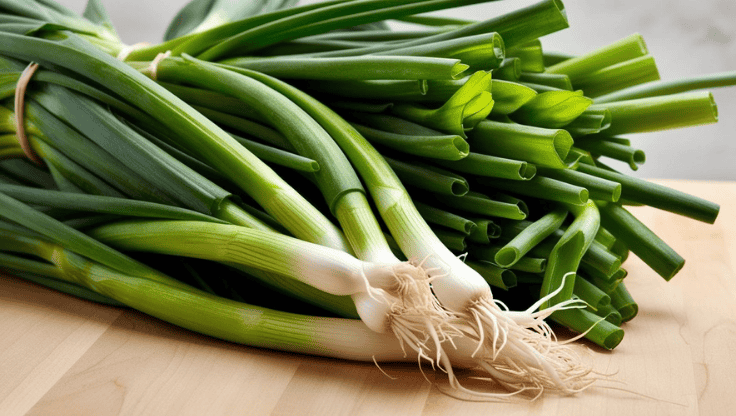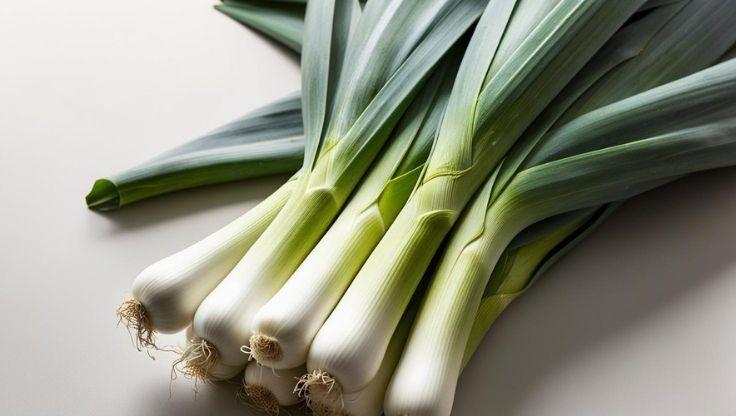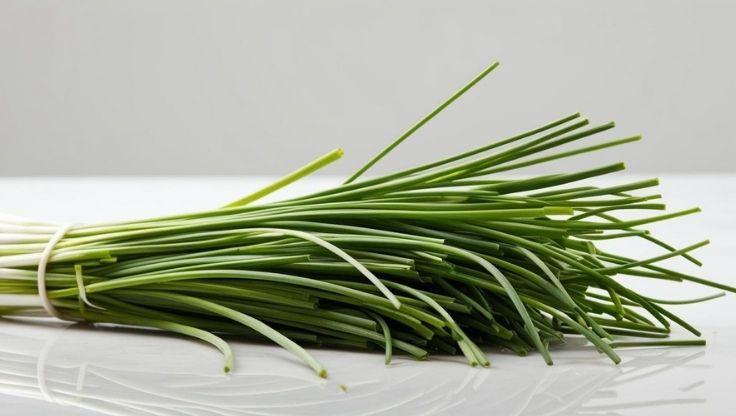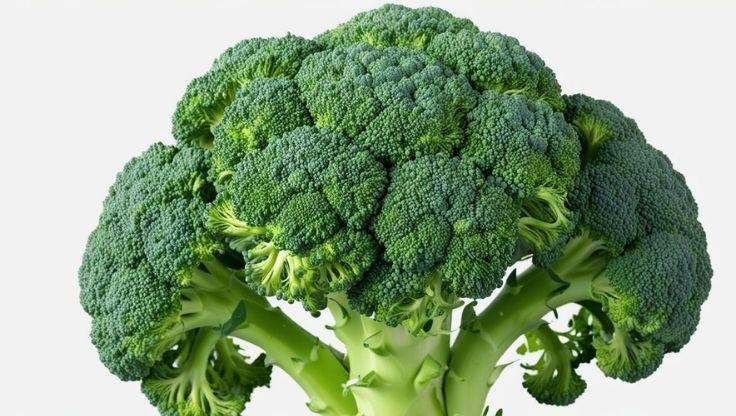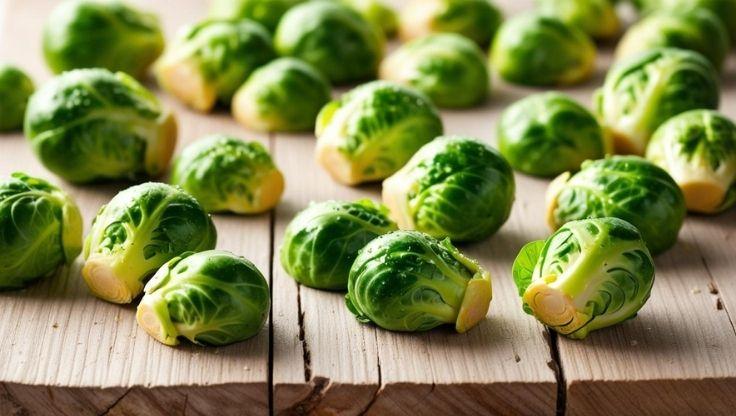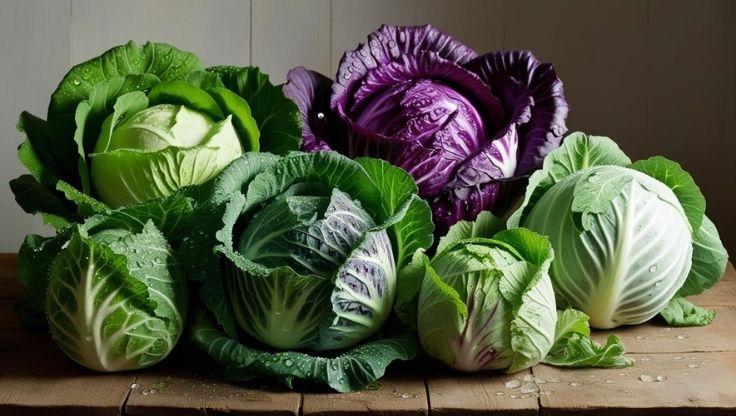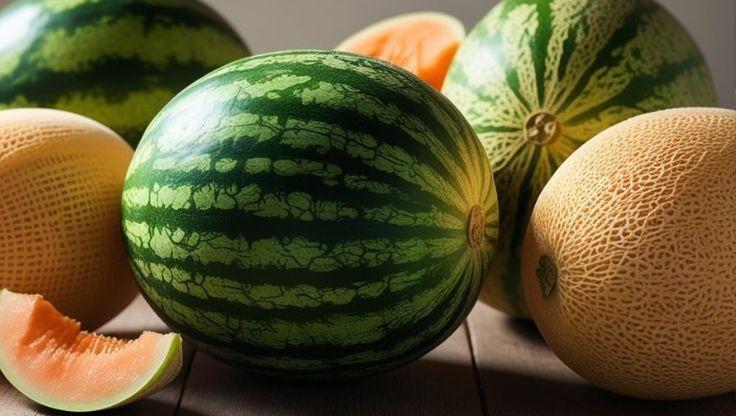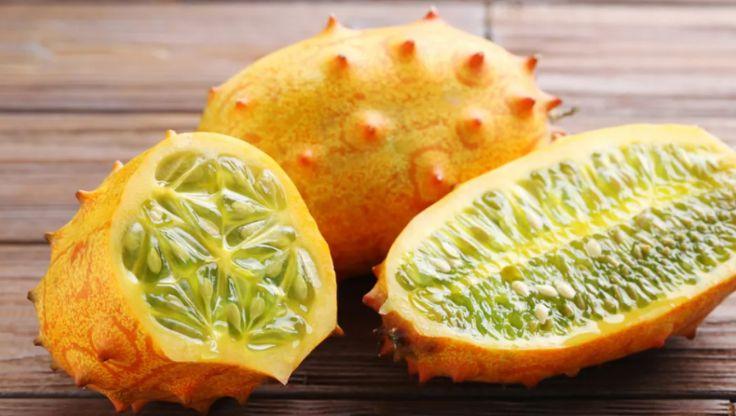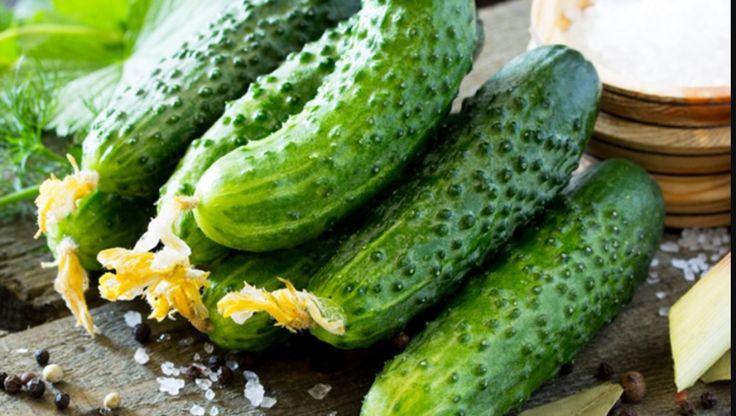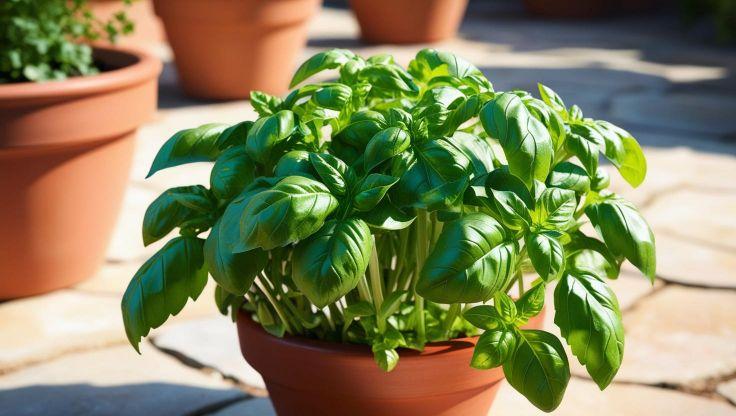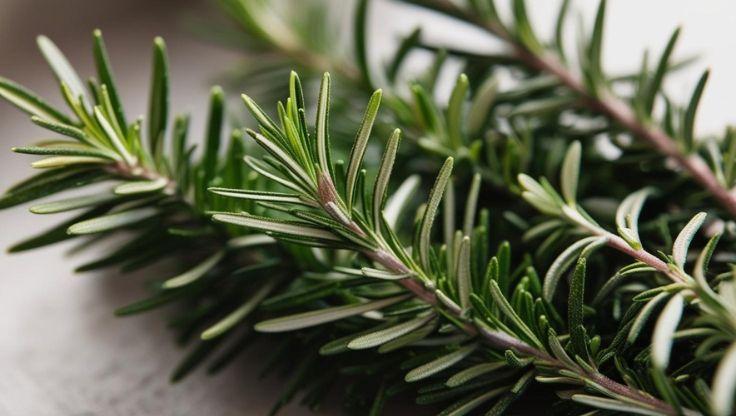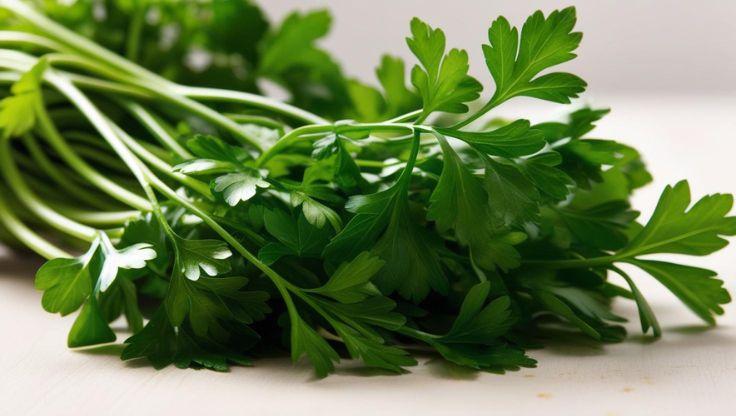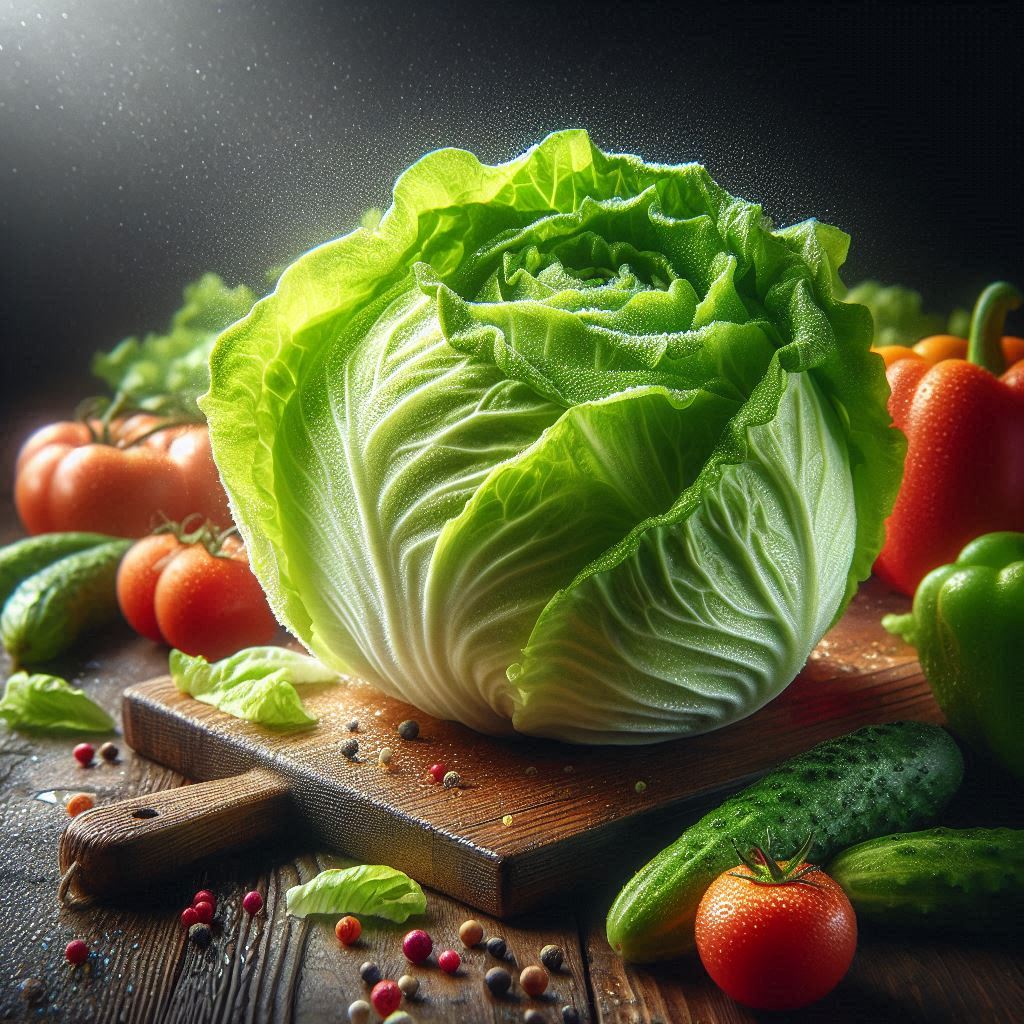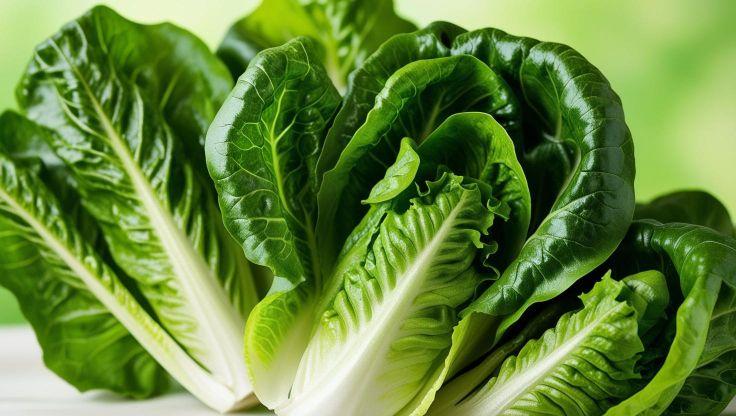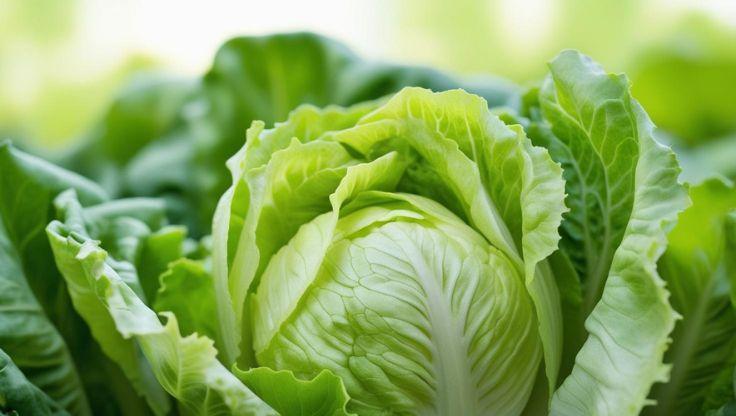Hydroponic Plants: The Ultimate Guide to Growing Cauliflower in a Hydroponic System
Cauliflower (Brassica oleracea var. botrytis), a nutrient-rich Brassica vegetable, is valued for its mild taste, dense texture, and versatility in cooking. Originally cultivated in the Mediterranean, cauliflower has been a staple in diets for centuries. Unlike soil-based farming, hydroponic plants grow in controlled environments, ensuring optimal nutrient absorption, rapid development, and efficient space usage. The hydroponic system improves sustainability by reducing water consumption and minimizing pest interference.

Hydroponic Growing Conditions for Cauliflower
Cauliflower is a highly adaptable hydroponic plant, thriving in controlled environments that optimize nutrient absorption and growth conditions. By maintaining precise pH, electrical conductivity (EC), light exposure, temperature, and humidity, growers can cultivate firm, high-quality cauliflower heads efficiently.
Optimal pH and EC Levels
Maintaining the correct pH and EC levels is essential for nutrient uptake and curd formation.
- pH: Keep the nutrient solution between 6.0–6.5 to enhance mineral absorption and prevent deficiencies.
- EC: Maintain levels between 2.0–3.5 mS/cm to support steady growth and ensure proper curd development.
Light, Temperature, and Humidity Requirements
Cauliflower requires specific environmental conditions to maximize photosynthesis and prevent stress.
- Light: Provide 10–14 hours of full-spectrum LED exposure daily to optimize growth and curd formation.
- Temperature: Ideal growth occurs between 15–22°C, ensuring steady development without heat stress.
- Humidity: Maintain levels between 65–75% to support firm and healthy cauliflower heads.
Advanced Considerations for Hydroponic Cultivation
Hydroponic cauliflower benefits from Nutrient Film Technique (NFT) and Deep Water Culture (DWC) systems, which enhance nutrient uptake and reduce water usage by up to 90%. Essential nutrients such as nitrogen, phosphorus, and potassium should be carefully administered to support different growth stages.
By optimizing these conditions, growers can achieve higher yields, improved crop quality, and reduced disease risks, making hydroponic cultivation a sustainable and efficient method for producing hydroponic plants like cauliflower.
Seed to Harvest Process of Cauliflower in Hydroponic Systems
Cauliflower is a highly adaptable hydroponic plant, thriving in controlled environments that optimize nutrient absorption and growth conditions. Understanding the seed-to-harvest process ensures efficient cultivation and high-quality yields.
Germination and Early Growth
Cauliflower seeds germinate within 7–10 days, requiring 1–2 seeds per hole for proper sprouting. Maintaining a consistent temperature of 18–22°C and adequate moisture levels accelerates germination. Hydroponic systems provide an advantage by eliminating soil-borne diseases and optimizing nutrient delivery, ensuring uniform seedling development.
Transplanting and Vegetative Growth
Once seedlings develop strong roots and true leaves, they are ready for transplanting, typically 4–6 weeks after germination. Hydroponic cultivation accelerates vegetative growth, allowing plants to reach maturity within 60–80 days. During this phase, maintaining full-spectrum LED lighting for 10–14 hours daily and ensuring EC levels between 2.0–3.5 mS/cm supports robust development and curd formation.
Curd Formation and Harvesting
Cauliflower heads begin forming 50–60 days after transplanting, requiring stable environmental conditions to ensure firm and uniform curds. Hydroponic cultivation enhances curd density and nutritional value, producing higher yields compared to traditional soil-based methods. Popular varieties such as Snowball, Amazing, and Purple Head Cauliflower thrive in hydroponic environments due to their adaptability and disease resistance.
By optimizing hydroponic conditions, growers can achieve consistent, high-quality cauliflower while reducing water usage and minimizing environmental impact. Hydroponic cultivation offers a sustainable and efficient approach to producing hydroponic plants with superior taste and texture.
Uses and Benefits of Cauliflower in Hydroponic Cultivation
Cauliflower is a highly versatile hydroponic plant, widely appreciated for its culinary applications, health benefits, and sustainability advantages. Its nutrient-rich profile and adaptability make it an excellent choice for modern farming.
Culinary Applications
Cauliflower is a staple in many cuisines, offering a mild flavor and firm texture that enhances various dishes.
- Rice alternatives: Finely chopped cauliflower serves as a low-carb substitute for traditional rice, making it ideal for keto and gluten-free diets.
- Soups and stir-fries: Its ability to absorb flavors makes it a great addition to hearty soups and quick stir-fries.
- Baked casseroles: Cauliflower adds structure and nutrition to baked dishes, complementing cheese and creamy sauces.
- Sauces and dips: Blending cauliflower into sauces and dips creates a smooth, creamy texture while maintaining its nutritional value.
Health Benefits
Cauliflower is packed with essential nutrients that support overall wellness.
- Rich in fiber: A single cup contains 2 grams of fiber, promoting digestive health and regularity.
- High in vitamin C: With 58% of the daily value per serving, cauliflower strengthens immune defenses.
- Anti-inflammatory properties: Bioactive compounds help reduce inflammation, supporting heart health and reducing disease risk.
- Antioxidant-rich: Contains glucosinolates and isothiocyanates, which protect cells from oxidative stress and may slow cancer cell growth.
Sustainability Advantages
Hydroponic cultivation enhances cauliflower production while minimizing environmental impact.
- Reduced pesticide usage: Controlled environments lower the need for chemical treatments, ensuring cleaner produce.
- Water conservation: Hydroponic systems use up to 90% less water than traditional soil-based farming.
- Year-round production: Climate-controlled setups allow for continuous growth cycles, ensuring consistent yields.
By integrating hydroponic plants like cauliflower into modern farming, growers can achieve higher yields, improved nutritional value, and sustainable cultivation practices. Its culinary versatility and health benefits make it a valuable addition to any diet.
Challenges and Solutions in Hydroponic Cauliflower Cultivation
Hydroponic plants, including cauliflower, offer numerous advantages, but they are not immune to challenges. Understanding common pests, diseases, and growth issues is essential for maintaining a healthy and productive crop.
Common Pests & Diseases
Even in soil-free environments, hydroponic cauliflower can be affected by pests and fungal infections. The most frequent threats include:
- Aphids & Whiteflies: These sap-sucking insects weaken plants by draining essential nutrients. Regular monitoring and introducing natural predators like ladybugs can help control infestations.
- Fungal Infections: Powdery mildew and mold are common concerns in hydroponic systems. Ensuring proper airflow, maintaining humidity levels between 65–75%, and using organic fungicides can prevent outbreaks.
- Bacterial Diseases: Blackleg and bacterial soft rot can damage stems and roots, leading to plant loss. Implementing strict sanitation practices and using disease-resistant cauliflower varieties can mitigate risks.
Solutions for Growth Issues
Maintaining optimal conditions is key to preventing growth-related problems in hydroponic cauliflower.
- Nutrient Deficiencies: Adjust micronutrient ratios to encourage healthy curd formation. Essential nutrients such as nitrogen, phosphorus, and potassium should be carefully balanced.
- Environmental Stress: Stabilizing temperature between 15–22°C and humidity levels ensures consistent development and prevents premature bolting.
- Root Rot Prevention: Oxygenated nutrient solutions and regular system maintenance reduce the risk of root diseases. Using Deep Water Culture (DWC) or Nutrient Film Technique (NFT) systems enhances oxygenation and nutrient absorption.
By addressing these challenges proactively, growers can optimize hydroponic conditions and achieve higher yields, improved plant health, and sustainable cultivation of cauliflower.
Research for expert insights
These insightful articles provide expert perspectives and essential details worth exploring.
|
Institution |
Article Title |
Article Link |
|---|---|---|
|
Semantic Scholar |
Growth and Yield of Cauliflower with Brackish Waters Under Hydroponic Conditions |
|
|
ResearchGate |
Water Yield and Consumption of Cauliflower Plants Grown in a Hydroponic System Using Brackish Waters and Different Flow Rates |
A comprehensive breakdown of key points ensures their work is a reliable resource for readers striving to learn more.


